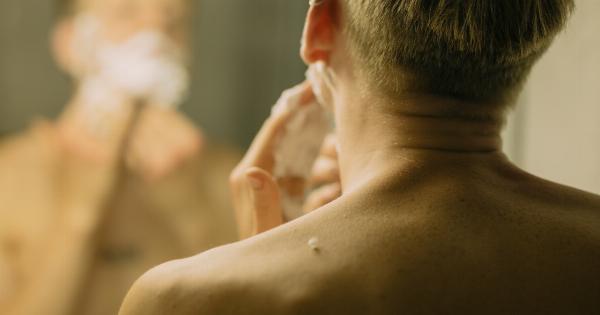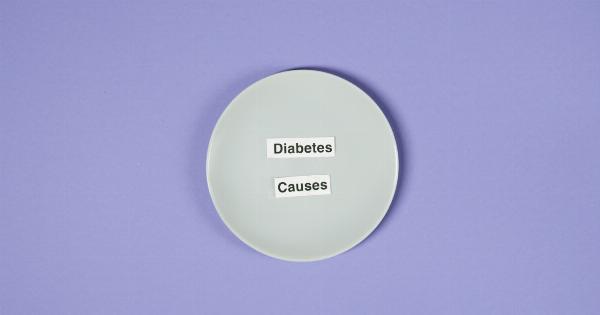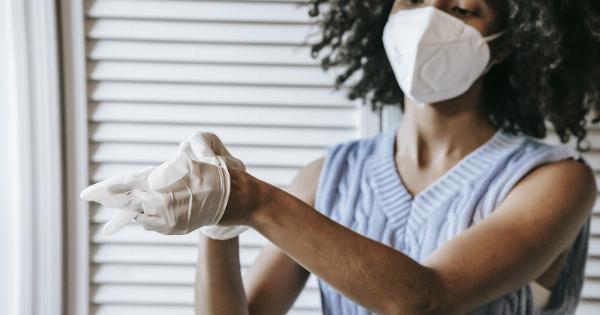Pimples are a common skin problem that can occur anywhere on your body. It is an inflammatory condition caused by an overproduction of oil, clogged hair follicles, and bacteria.
Although it’s not uncommon to get pimples in other parts of your body, having them down there can be particularly worrying, especially if you’re not sure why they’re happening. So, why are you getting pimples down there? Let’s take a closer look.
1. Poor Hygiene
Poor hygiene is a common reason why pimples can form on your private parts. If you don’t keep the area clean, oil, odor, and bacteria may build up, clogging the pores.
Sweat and moisture can also contribute to the buildup of dirt, bacteria, and oil, causing pimples to form. So, make sure you are cleaning the area daily, preferably with a mild soap.
2. Folliculitis
Folliculitis is a type of infection that occurs when bacteria enters a hair follicle, causing it to become inflamed and infected. Folliculitis can occur anywhere, including your groin area, causing itchy and painful red bumps.
Some common causes of folliculitis include shaving, tight clothing, and hot, humid conditions.
3. Ingrown Hairs
Ingrown hairs are another common reason for pimples down there. This happens when a hair that has been shaved or waxed grows back into the skin instead of up to the surface, causing a bump to form. This can lead to painful and inflamed pimples.
4. Hormones
Hormonal changes can also contribute to the development of pimples. Many women notice that they break out more before their period. These hormonal fluctuations can increase the production of oil and make the skin more prone to breakouts.
Hormonal changes during pregnancy can also cause pimples to form.
5. Sexually Transmitted Infections (STIs)
Some sexually transmitted infections (STIs) can cause pimples or bumps on the genital area. Herpes, for example, can cause small pus-filled blisters that are painful and itchy.
Genital warts can also appear as small, flesh-colored bumps that may be itchy or painful. If you suspect that you may have an STI, seek medical attention immediately.
6. Contact Dermatitis
Contact dermatitis is an allergic reaction that occurs when your skin comes into contact with irritants or allergens. This can cause itchy and painful red bumps, which may look like pimples.
Common irritants include harsh soaps, perfumes, and chemicals in underwear or personal hygiene products.
7. Cysts
Cysts are another reason why you may encounter pimples down there. Cysts form when a sac-like structure fills with fluid, and is often caused by blocked sweat glands or hair follicles. They can be painful and may require medical attention.
8. Medications
Some medications can cause pimples or other skin issues. Steroids, for example, can cause acne breakouts, as well as other skin changes. Certain birth control pills can also cause pimples because of hormonal changes.
9. Stress
Stress can trigger a range of health problems, including skin issues. Stress can cause your skin to produce more oil, leading to clogged pores and pimples. So, try to manage stress in your life, through activities like meditation, yoga, or exercise.
10. Genetics
Finally, genetics can also play a role in pimples down there. If your parents have a history of acne or other skin conditions, you may be more prone to develop pimples in this area as well.
Conclusion
In summary, pimples down there can be caused by many different factors. Poor hygiene, ingrown hairs, hormonal changes, sexually transmitted infections, and contact dermatitis are among the most common reasons.
In most cases, good hygiene and proper care of the area can help prevent pimples from forming. If pimples persist or worsen, seek medical attention.






























